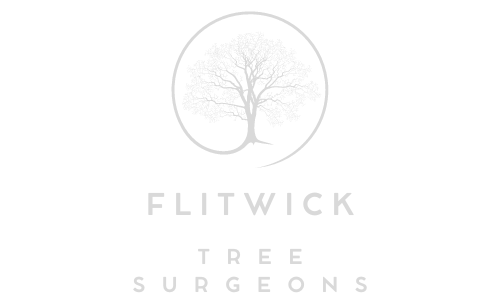Safeguarding Trees: Exploring Tree Crown Reduction and the Threat of Fungi and Rot
Introduction: In the intricate tapestry of nature, trees stand as pillars of strength, providing shade, shelter, and sustenance to countless life forms. However, amidst their towering majesty, trees are not immune to the perils of fungal infections and rot, which can silently undermine their structural integrity and vitality. As guardians of our arboreal allies, we must delve into the nexus between tree crown reduction and the looming threat of fungi and rot, deciphering how proactive measures can safeguard our green companions.
Understanding Tree Fungi and Rot:
Fungi and rot represent formidable adversaries that can infiltrate a tree’s defences, compromising its health from within. Fungi, from inconspicuous moulds to conspicuous mushrooms, thrive in moist, decaying organic matter, making trees susceptible to infection through wounds, cuts, or weakened defences. Once established, fungal pathogens infiltrate the tree’s vascular system, impeding nutrient transport and weakening structural tissues. Concurrently, rot sets in, accelerating wood decomposition and compromising the tree’s stability.
The Role of Tree Crown Reduction:
Amidst the looming threat of fungi and rot, tree crown reduction emerges as a strategic defence mechanism to mitigate the risks and preserve the health of our arboreal companions. Unlike traditional pruning practices solely focused on aesthetic appeal, crown reduction prioritises trees’ structural integrity and vitality. By selectively reducing the size and density of a tree’s crown, arborists can alleviate the stress on compromised branches, minimising potential entry points for fungal pathogens and reducing the risk of rot propagation.
Mitigating the Risk:
- Early Detection and Diagnosis: Timely detection of fungal infections and rot is paramount in implementing effective mitigation strategies. Regular tree inspections by certified arborists can identify signs of decay, fungal growth, or structural weaknesses, allowing prompt intervention and treatment.
- Strategic Pruning Practices: Tree crown reduction, when executed with precision and expertise, can mitigate the risk of fungal infections and rot by removing dead, diseased, or structurally compromised branches. This proactive approach enhances air circulation within the canopy, reduces moisture retention, and minimises the risk of fungal proliferation.
- Promoting Tree Health: Healthy trees boast robust immune systems capable of warding off fungal infections and resisting decay. Implementing holistic tree care practices, including adequate watering, soil enrichment, and pest management, can bolster tree vitality and resilience against fungal pathogens and rot.
Conclusion: As custodians of our green landscapes, we are obligated to prioritise the health and longevity of our urban forests. Proactive measures such as tree crown reduction emerge as invaluable tools in the battle against fungal infections and rot. By embracing practices prioritising tree health and resilience, we can fortify our arboreal allies against the insidious threats in their midst. Let us stand as stewards of our green companions, safeguarding their legacy for generations.
Call us on: 01525 664 396
Click here to find out more about Flitwick Tree Surgeons
Click here to complete our contact form and see how we can help with your tree’s needs.

